Apart from the mixed doubles, this year’s finals showcased unknown players to the general public. It was hard work for players and spectators alike.
By Aaron Wong, Badzine Correspondent live in Sydney. Photos: Luis Veniegra / Badmintonphoto (live)
Why do we love to watch famous players?
Because they are skilful? Yes, partly. Because they are famous? Absolutely.
In badminton, the player with superior hand skills or footwork alone isn’t guaranteed to go all the way in a tournament. Take men’s singles for example. Three former Superseries and two Grand Prix Gold champions had all bitten the dust by Saturday, thus leaving two unseeded players from outside the top 100.
There are a myriad other major external and internal factors to contend with such as adjustment to lighting and wind conditions, playing somebody for the first time and general health on the day.
A fact that goes unappreciated is that spectators are no different from competitors when it comes to needing some time to read and understand matches featuring new personnel. At the inaugural Super 300 Australian Badminton Open final, the spectator’s effort was doubled because either side of the net happened to be foreign to them.
The tournament skill quotient remains high but spectators, of course, find it easier to watch famous players for the mere fact that their hard work has been done. The pleasures from the anticipation of the stars’ signature shots already exists. This meant the Sydney crowd was smaller as not everybody is willing to put in the effort to get acquainted.
Women’s doubles: Two titles across weekends
Left hander Ayako Sakuramoto, possessing the most forceful smash of all four ladies, was a significant edge that the Japanese New Zealand Open winners from last week had over the teenaged reigning World Junior champions Lee Yu Rim / Baek Ha Na (pictured above). You could also easily tell how powerful the Japanese were from the amount of back bending required by the Koreans to return clears.
Their favourite formation was the left hander captaining the rear court while her partner Yukiko Takahata (pictured left, with Ayako Sakuramoto) regularly intercepted shuttles for winners, but they switched positions with ease and carried out the same plan without rushing to revert. The Koreans were left to defend solidly but made negligible inroads forwards to strike downwards.
Korean language cheers were the only ones heard as Olympic Park is equidistant from the two Korean hub suburbs of Strathfield and Eastwood (whereas the Japanese enclave is closer to the harbour). This roused their players into the early lead of the second game but at the second interval Lee Yu Rim sought medical attention on her knee. Thereafter, the world #29 Korean side slowed down and world #37 Japanese overtook towards their third victory against these opponents and second title across consecutive weeks, 23-21, 21-18.
Women’s singles: Teenager takes second international title
As they went into their first time encounter, it was a Grand Prix Gold and Grand Prix titleholder up against a one time Grand Prix Gold winner. At the conclusion, China’s Cai Yanyan (pictured) had gone ahead in prestige by adding a BWF Super 300 title (Grand Prix Gold equivalent) to her career at the tender age of eighteen years old.
In order to win, Cai managed to shorten the amount of reaction time available to Japan’s world #170 Ayumi Mine, 21-14, 21-13. However, even before pressure was applied, Mine’s timing on shots didn’t ring with the same sound of sweetness we’d heard from her racquet prior. In desperation, Mine’s late bursts of strength on the last shot of many rallies delivered shuttles long or wide of the perimeter.
“I’m pretty pleased. I prepared as usual but hadn’t expected the match to be as relaxed as it actually was. [After all] Japanese players are known for their determined court coverage,” explained world #104 Cai. “I felt that my opponent was playing below her best, which helped me.”
Men’s singles: AKA Tian Song or Xue Houwei
World #165 Lu Guangzu (pictured) and world #182 Zhou Zeqi were both vying for their first international title and not a minor one at that.
Back in 2013 at Darling Harbour, two hitherto relatively unknown Chinese players, Tian Houwei and Xue Song, similarly heralded their breakthroughs by reaching the final after beating legends of the sport Lee Chong Wei and Taufik Hidayat respectively en route.
Unlike Japan’s Ayumi Mine, 21-year-old Lu Guangzu kept uniformly dangerous form intact for the entire week to become the latest Australian champion, 21-8, 23-21. Lu’s trademark is his incredibly compact shots and remarkable production of power. His physique and court movement is similar to Tian Houwei’s with the ability to force winners at will that is spookily reminiscent of Xue Song.
“I have to say I’m proud of myself for not giving up. I listened to the words in my heart and didn’t think too much otherwise during the match. The second game certainly was tough because my opponent played better. I’d like winning this title to launch me towards greater improvement,” said a thoroughly sweaty Lu Guangzu.
The last five points of the match entertained the crowd with both players saving shots where you thought the rally should have already ended.
Mens’ doubles: 2013 redux
It was 2013 all over again in men’s doubles too. Another oddly anaemic all-Indonesian match transpired. The normally vocal second seeds were inaudible and the normally defensive first seeds were urgently assertive up to the first interval. And then the pattern reversed at the change of ends.
Second seeded world #42 Wahyu Nayaka Arya Pangkaryanira / Ade Yusuf Santoso never found consistent smash rhythm and were severely lacking in their defense department so it wasn’t a surprise that they went down eventually to the more solid formation of Berry Angriawan / Hardianto (pictured right), 9-21, 21-9, 15-21. Angriawan kissed the floor at the moment of victory.
Mixed doubles: Straight through every round
The fifth-seeded and world #178 combination of Chae Yoo Jung / Seo Seung Jae (pictured below) of Korea reached the final without having dropped a game.
In the opening game, the world #46 and Malaysian Olympic silver medallists on the comeback trail Goh Liu Ying / Chan Peng Soon were troubled by the dual left-handed Korean proposition. Seo exposed Goh’s tramline gaps with straight smashes down his forehand side. Chan looked the more settled probably from having played Seo twice in the past year, but Chae still managed to steal points with cross-courts into the space between the Malaysians.
Goh/Chan strung together a thrilling rally to lead 11-9 in the second game interval after being down the first. Sensing the turnaround, the Koreans were giving it all they had in the energy stakes while the Malaysians refused to be intimidated in their defensive stances.
The slight momentum to take the match into the decider for Malaysia was thwarted when Goh’s short serve was faulted during her game point under the new rule of a maximum serve height of 1.15m. This fresh Korean combination won their first title together with another straight through performance, 21-12, 23-21. Thus, the Malaysians had to settle for runners-up again in their second Australian final since 2012.
Chan Peng Soon paid tribute to today’s champions: “The way Goh and I played wasn’t ideal but our opponents were really very good.”
Final results
WS: Cai Yanyan (CHN) beat Ayumi Mine (JPN) 21-14, 21-13
MS: Lu Guangzu (CHN) beat Zhou Zeqi (CHN) 21-8, 23-21
WD: Ayako Sakuramoto / Yukiko Takahata (JPN) [2] beat Baek Ha Na / Lee Yu Rim (KOR) [4] 23-21, 21-18
MD: Berry Angriawan / Hardianto (INA) [1] beat Wahyu Nayaka Arya Pangkaryanira / Ade Yusuf Santoso (INA) [2] 21-9, 9-21, 21-15
XD: Chae Yoo Jung / Seo Seung Jae (KOR) [5] beat Goh Liu Ying / Chan Peng Soon (MAS) [7] 21-12, 23-21
Click here for complete tournament results
![AUSTRALIAN OPEN 2018 Finals – Darling Harbour déjà vu Apart from the mixed doubles, this year’s finals showcased unknown players to the general public. It was hard work for players and spectators alike. By Aaron Wong, Badzine Correspondent live […]](https://www.badzine.net/wp-content/uploads/ngg_featured/05132018-1606-AustralianBadmintonOpen2018__LVB2200_rotator.jpg)
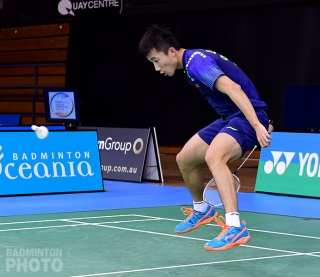
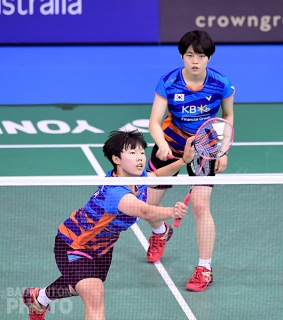
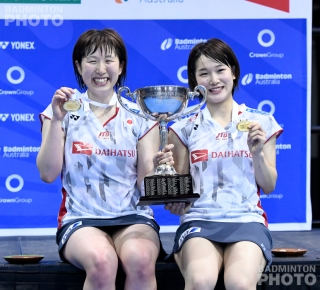
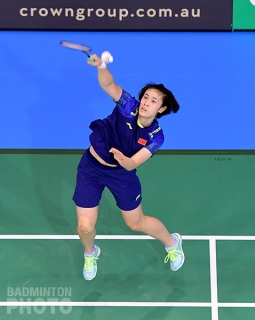
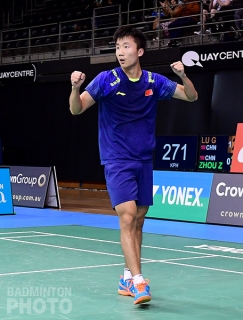
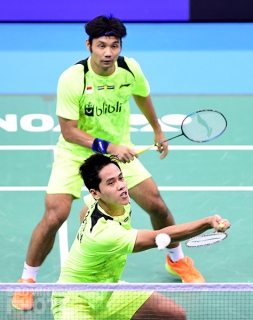
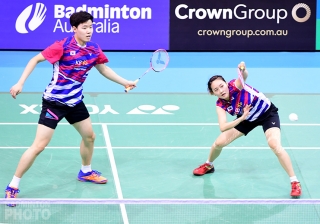
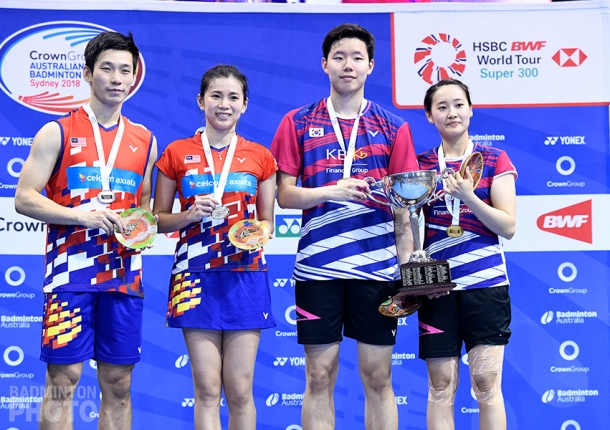

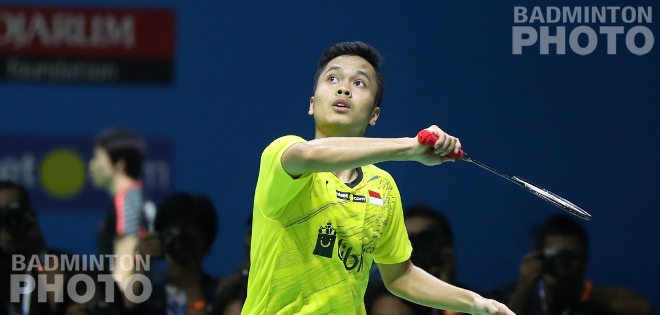
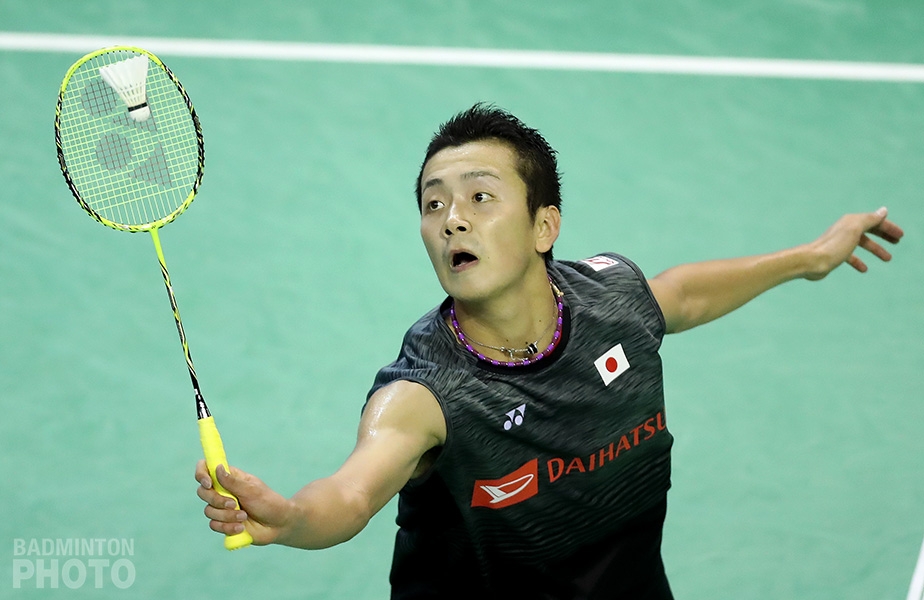
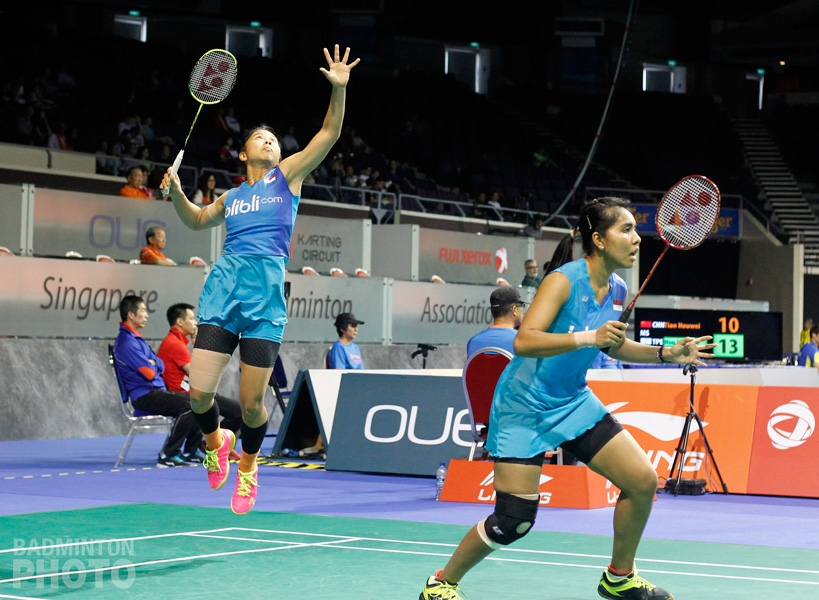
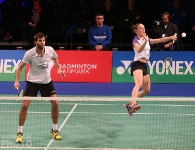
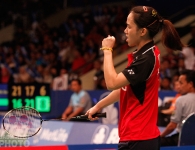
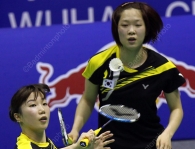
Leave a Reply